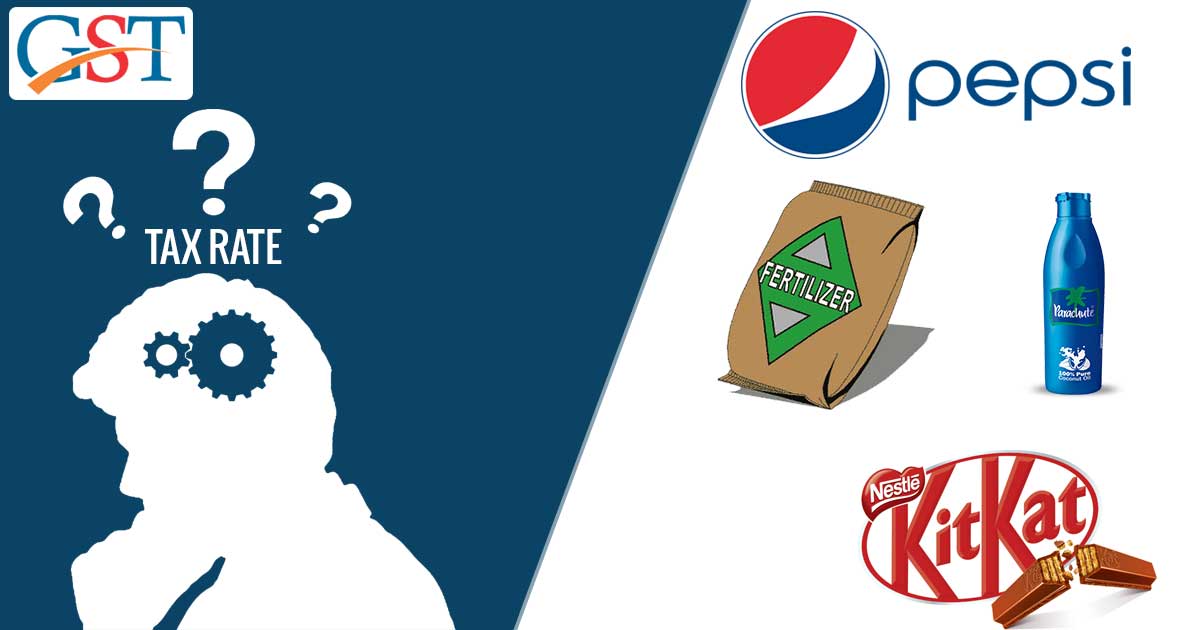According to the official experts, some of the companies are facing problems related to product categorization under the new indirect tax system. Questions such as whether Pepsi Nimbooz can be treated as lemonade or pulp juice, Appy Fizz can be treated an aerated or fruit juice drink, and Red Bull can be treated an aerated or energy drink.
Tax rates for different categories of beverages e.g tax on lemonade is 28% whereas the tax on pulp juice is 12%. According to the experts some cases on the categorization of these products are still pending and also there is no clarity on deciding GST rate on some products. Tax rates can only be decided once the products are categorized and tax rates are fixed.
According to Pratik Jain, Partner, National leader, indirect tax, PwC India. “There are still some products that have no clear classification, which could lead to confusion and potential litigation.” He further added that “Also there are situations where the rates are dependent on end use and it’s almost impossible for the seller to ensure that the product is used as intended. It might be a good idea for the GST Council to set up a committee to look at these classification issues.”
To classify the code of every product, Harmonized Commodity Description and Coding System, also known as the Harmonized System of Nomenclature (HSN) have been implemented by the government. It specifies a code for every product category and a chapter mentioned in the tax reform. According to the tax experts, Harmonized Commodity Description and Coding System is not perfect and fails to appropriately categorize all the various products.
According to Sachin Menon, National Head, Indirect Tax, KPMG India: Under the HSN code, the first two- digits determines the product category whereas the next two- digits stipulates the subcategory. “Hence, wherever there is a difference in GST rates under the same product category or differential tax treatment based on the price or end user of certain products, etc., it is a recipe for future classification disputes and litigation”, said Menon. “That’s why we suggest uniform GST rates for each category.”
Problems related to product categorization could become serious issues under the new indirect tax reform, companies are facing hypothetical issues like whether Kit-Kat is considered a chocolate or a biscuit, Parachute is considered a hair oil or edible oil and Vicks tablet can be considered a medicament or confectionery.
However, some of the questions related to the product categorization have been solved by the GST Council whereas some remains unsolved. Legal experts said that companies are thinking to discuss these issues with courts or quasi-judicial bodies such as the Authority of Advance Rulings (AAR) in the upcoming months. Recently, as such there is no Authority of Advance Rulings (AAR) under GST, it is anticipated that it could be established by February.
According to Abhishek A Rastogi, the partner at Khaitan & Co: “The objective of GST was to reduce the classification disputes which we had witnessed in the erstwhile regime.” He further added that “However, due to the multiplicity of rates, the objective has not been fully attained. The advance ruling weapon has not been used very rigorously by the businesses so far but will be used in the days ahead.”
According to experts, in several cases, the end-user-based taxation has created a lot of confusion. Fertilizer is being levied at the rate of 5 percent in case of agriculture and 18 percent in other cases.
Read Also: Goods and Services Tax Impact on Agriculture Sector in India
Sellers have received a written document from the buyers in which they mentioned that will use fertilizers only for agricultural purposes. Experts said that such kind of written declaration may not be useful and it is very difficult to find out the end use of the products. The categorization problems have also influenced some niche products.
According to Rastogi, “For instance, a lot of imports related to kitchen and household appliances fall into two different categories.The problem becomes big when the customer highlights that the competitor charges a lower rate.”
